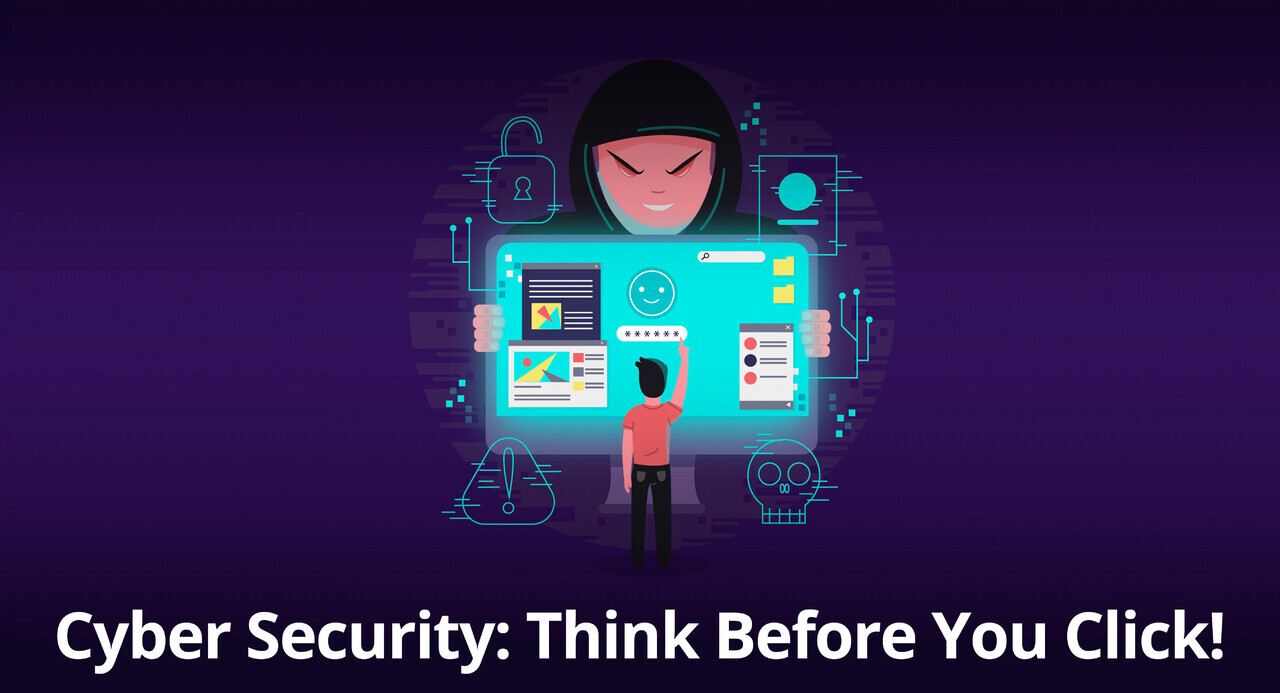In today’s digital age, cybersecurity is a critical concern for businesses and individuals alike. As websites become more complex and interconnected, they also become more vulnerable to cyber threats. From data breaches to ransomware attacks, the consequences of poor cybersecurity can be devastating, leading to financial losses, reputational damage, and legal liabilities.
For web developers, prioritizing cybersecurity is no longer optional—it’s a necessity. In this article, we’ll explore the importance of cybersecurity in web development, common threats, and best practices for building secure websites.
Why is Cybersecurity Important in Web Development?
1. Protecting Sensitive Data
Websites often handle sensitive information, such as personal details, payment information, and login credentials. A security breach can expose this data, leading to identity theft, financial fraud, and other serious consequences.
2. Maintaining User Trust
Users expect websites to be secure. A single security incident can erode trust and drive customers away, resulting in lost revenue and damaged reputation.
3. Compliance with Regulations
Many industries are subject to strict data protection regulations, such as the General Data Protection Regulation (GDPR) in the EU and the California Consumer Privacy Act (CCPA) in the U.S. Non-compliance can result in hefty fines and legal penalties.
4. Preventing Financial Losses
Cyberattacks can lead to significant financial losses, including the cost of data recovery, legal fees, and lost business. Investing in cybersecurity can save businesses from these costly consequences.
5. Ensuring Business Continuity
A cyberattack can disrupt business operations, leading to downtime and lost productivity. Robust cybersecurity measures ensure business continuity and minimize the impact of potential attacks.
Common Cybersecurity Threats in Web Development
1. SQL Injection
SQL injection is a type of attack where malicious SQL code is inserted into a website’s database query. This can allow attackers to access, modify, or delete data.
- Prevention: Use parameterized queries and input validation to prevent SQL injection.
2. Cross-Site Scripting (XSS)
Cross-Site Scripting (XSS) involves injecting malicious scripts into a website, which are then executed in the user’s browser. This can steal sensitive information or hijack user sessions.
- Prevention: Sanitize user inputs and use Content Security Policy (CSP) to block unauthorized scripts.
3. Cross-Site Request Forgery (CSRF)
CSRF attacks trick users into performing actions they didn’t intend to, such as changing account settings or making purchases.
- Prevention: Use anti-CSRF tokens and validate user requests.
4. Distributed Denial of Service (DDoS)
DDoS attacks overwhelm a website with traffic, causing it to crash or become unavailable.
- Prevention: Use DDoS protection services and implement rate limiting.
5. Malware
Malware is malicious software that can infect a website, steal data, or disrupt operations.
- Prevention: Regularly scan for malware and keep software up to date.
Best Practices for Cybersecurity in Web Development
1. Use HTTPS
HTTPS encrypts data transmitted between the user’s browser and the website, protecting it from interception.
- Implementation: Obtain an SSL/TLS certificate and configure your server to use HTTPS.
2. Implement Strong Authentication
Use strong authentication methods to protect user accounts.
- Multi-Factor Authentication (MFA): Require users to verify their identity using multiple factors, such as a password and a one-time code.
- Password Policies: Enforce strong password requirements and encourage users to change passwords regularly.
3. Regularly Update Software
Outdated software is a common target for cyberattacks. Regularly update your website’s software, including the CMS, plugins, and themes.
- Automate Updates: Use tools to automate updates and ensure timely patching.
4. Secure Your Database
Protect your database from unauthorized access and attacks.
- Use Parameterized Queries: Prevent SQL injection by using parameterized queries.
- Encrypt Sensitive Data: Encrypt sensitive data stored in the database.
5. Validate and Sanitize Inputs
Ensure all user inputs are validated and sanitized to prevent injection attacks.
- Input Validation: Check that inputs meet expected formats and ranges.
- Sanitization: Remove or escape potentially harmful characters.
6. Use Web Application Firewalls (WAFs)
A Web Application Firewall (WAF) filters and monitors HTTP traffic, blocking malicious requests.
- Implementation: Use a WAF service or plugin to protect your website.
7. Backup Your Data
Regularly back up your website’s data to ensure it can be restored in case of an attack.
- Automate Backups: Use automated backup solutions to ensure consistency.
- Store Backups Securely: Store backups in a secure, offsite location.
8. Monitor and Audit
Regularly monitor your website for suspicious activity and conduct security audits.
- Log Monitoring: Use tools to monitor logs for unusual activity.
- Security Audits: Conduct regular security audits to identify and fix vulnerabilities.

Real-World Examples of Cybersecurity in Web Development
1. Equifax Data Breach
In 2017, Equifax suffered a massive data breach that exposed the personal information of 147 million people. The breach was caused by a vulnerability in the company’s web application software, highlighting the importance of regular updates and patches.
2. Target Data Breach
In 2013, Target experienced a data breach that compromised 40 million credit and debit card accounts. The breach was caused by a vulnerability in the company’s payment system, underscoring the need for robust authentication and encryption.
3. WordPress Security Plugins
WordPress offers several security plugins, such as Wordfence and iThemes Security, which provide features like malware scanning, firewall protection, and login security. These plugins help website owners protect their sites from common threats.
Conclusion
Cybersecurity is a critical aspect of web development that cannot be overlooked. By implementing best practices like using HTTPS, strong authentication, regular updates, and WAFs, you can protect your website from cyber threats and ensure the safety of your users’ data.
As we move further into 2025, the importance of cybersecurity will only continue to grow. By prioritizing cybersecurity in your web development process, you can build secure, trustworthy websites that protect your business and your users.
Read More: Google’s March 2024 Core Update: A Deep Dive
High-Authority External Links:
- OWASP Top Ten – A resource for understanding the most critical web application security risks.
- Google Web Fundamentals: Security – A guide to implementing security best practices in web development.



